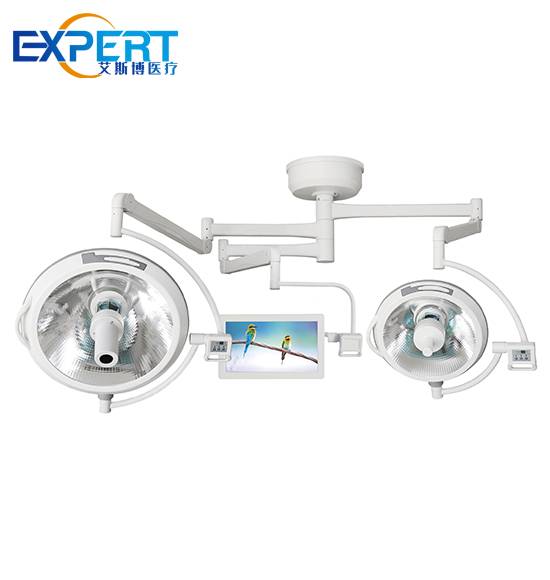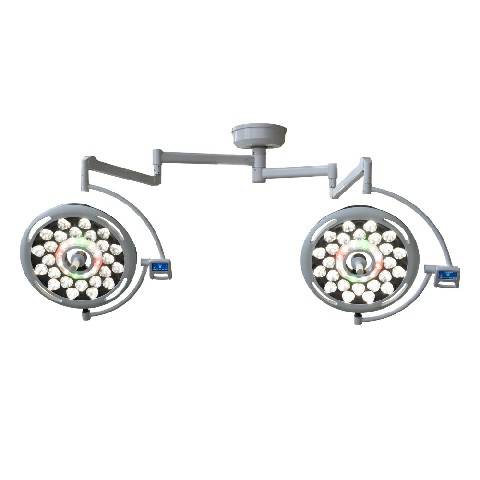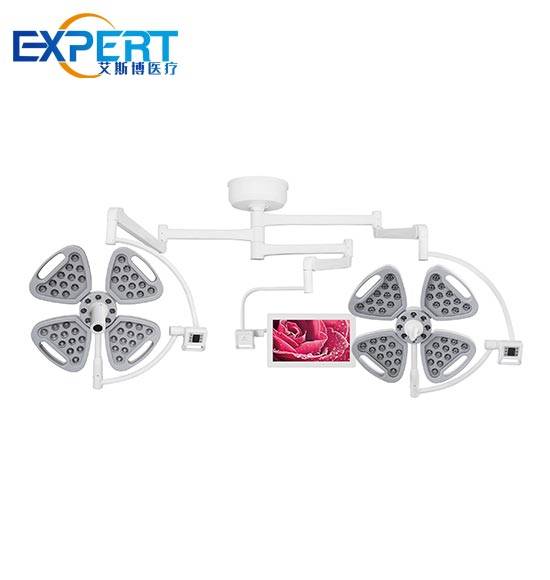Indirizzo
304 Il cardinale nord S.
Dorchester Center, MA 02124
Ore di lavoro
Dal lunedì al venerdì: 7:00 - 19:00
Fine settimana: 10:00 - 17:00
Benvenuti nel mio blog!
Prima di addentrarci nei contenuti, se sei interessato ai nostri prodotti o hai domande, non esitare a visitare il nostro Contattaci pagina sul sito web. Il nostro team è pronto ad assisterti con richieste, ordini o qualsiasi supporto di cui potresti aver bisogno.
Ora, iniziamo il nostro viaggio insieme. Spero che troviate i contenuti qui presenti interessanti, coinvolgenti e preziosi.
Surgical lights are a critical component in any operating room, providing the necessary illumination for surgeons to perform procedures with precision and safety. With advancements in technology, various types of surgical lights have been developed, each offering unique features and benefits. This comprehensive guide aims to explore the different types of surgical lights, their applications, and how to choose the best option for your medical practice. By understanding the key characteristics of each type, you can make an informed decision to enhance the quality of care provided to patients.

Surgical lights play a vital role in ensuring that surgeons have a clear, unobstructed view of the surgical site. Proper lighting reduces the risk of errors, enhances visual accuracy, and improves overall surgical outcomes. The right surgical light can also reduce eye strain for medical staff, allowing them to work more comfortably and efficiently.









LED (Light Emitting Diode) surgical lights are among the most popular types of surgical lights due to their energy efficiency, long lifespan, and superior lighting quality. They produce bright, consistent illumination with minimal heat emission.
LED surgical lights are suitable for various surgical procedures, from minor operations to complex surgeries. They are ideal for environments where consistent and high-quality lighting is essential.
Halogen surgical lights have been a staple in operating rooms for many years. They use halogen gas to increase light output and efficiency, providing bright and focused illumination.
Halogen surgical lights are commonly used in various surgical settings, including outpatient clinics and hospitals. They are particularly useful for procedures that require intense, focused lighting.
Xenon surgical lights use xenon gas to produce a bright, white light that closely mimics natural daylight. This type of light offers excellent color rendering and minimal shadowing.
Xenon surgical lights are often used in operating rooms where high-intensity, natural-looking light is required. They are ideal for surgeries involving delicate tissues and precise movements.
Fluorescent surgical lights use fluorescent bulbs to provide broad, even illumination. These lights are known for their energy efficiency and low heat output.
Fluorescent surgical lights are suitable for general surgical procedures and environments where broad, diffuse lighting is needed. They are often used in examination rooms and minor surgery suites.
Portable surgical lights are designed for flexibility and mobility. They can be easily moved and adjusted, making them ideal for use in multiple locations or in emergency situations.
Portable surgical lights are commonly used in field hospitals, ambulatory surgery centers, and emergency response situations. They provide essential lighting when fixed surgical lights are not available.
| Type of Surgical Light | Luminosità (Lux) | Durata della vita (ore) | Emissione di calore | Efficienza energetica | Costo | Applicazioni |
|---|---|---|---|---|---|---|
| GUIDATO | Up to 160,000 | 50,000+ | Basso | Alto | Moderate-High | General surgery, complex procedures |
| Alogeno | Up to 120,000 | 2,000-3,000 | Alto | Moderare | Low-Moderate | Outpatient clinics, detailed procedures |
| Xeno | Up to 200,000 | 1,000-2,000 | Moderare | Basso | Alto | High-precision surgeries, delicate tissue work |
| Fluorescent | Up to 100,000 | 7,000-10,000 | Basso | Alto | Moderare | General surgery, examination rooms |
| Portable | Variabile | Variabile | Variabile | Variabile | Moderare | Field hospitals, emergency response |
LED surgical lights offer superior energy efficiency and a longer lifespan compared to halogen lights. They produce less heat and provide adjustable intensity, making them suitable for a wide range of procedures. On the other hand, halogen lights are generally less expensive and offer bright, focused illumination, which some surgeons prefer for specific tasks.
Xenon surgical lights provide daylight-like illumination with excellent color rendering, making them ideal for high-precision surgeries. However, they are more expensive and have a shorter lifespan than fluorescent lights. Fluorescent surgical lights offer even, diffuse lighting with low heat emission, making them suitable for general surgical procedures and examination rooms.
When selecting a surgical light, consider the specific requirements of your practice. Evaluate factors such as brightness, color rendering, heat emission, energy efficiency, and cost. The table above provides a comparison of different types of surgical lights, helping you make an informed decision based on your needs.

To ensure optimal performance and longevity, regularly clean surgical lights according to the manufacturer’s instructions. Use non-abrasive cleaning agents and soft cloths to avoid damaging the light surfaces.
For surgical lights that use bulbs, such as halogen and xenon lights, replace bulbs as needed to maintain brightness and clarity. Follow the manufacturer’s guidelines for bulb replacement to ensure safe and effective operation.
Regularly inspect surgical lights for any signs of wear or damage. Schedule routine servicing with a qualified technician to address any issues and ensure the lights continue to function correctly.
Selezionando il diritto luce chirurgica is crucial for ensuring optimal visibility and performance during surgical procedures. By understanding the different types of surgical lights and their unique features, you can make an informed decision that enhances the quality of care in your medical practice. Whether you choose LED, halogen, xenon, fluorescent, or portable surgical lights, consider the specific needs of your practice and the benefits each type offers. With the right surgical light, you can improve surgical outcomes, reduce the risk of errors, and create a comfortable working environment for your medical staff.
The main types of surgical lights include LED, halogen, xenon, fluorescent, and portable surgical lights. Each type offers unique features and benefits, making them suitable for different surgical applications.
LED surgical lights are more energy-efficient, have a longer lifespan, and produce less heat compared to halogen lights. They offer adjustable intensity and are suitable for a wide range of procedures. Halogen lights, while less expensive, provide bright, focused illumination preferred for certain tasks.
When choosing a surgical light, consider factors such as brightness, color rendering, heat emission, energy efficiency, cost, and specific application requirements. Evaluate the pros and cons of each type to select the best option for your practice.
Surgical lights should be serviced regularly according to the manufacturer’s recommendations. Regular inspections, cleaning, and bulb replacements help maintain optimal performance and extend the lifespan of the lights.
Portable surgical lights are versatile and can be used for various procedures, especially in field hospitals and emergency situations. However, for complex and high-precision surgeries, fixed surgical lights with advanced features may be more appropriate.
